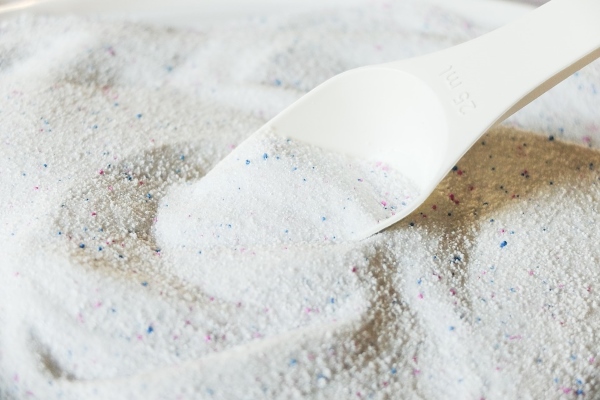
Consumer product firm Procter & Gamble has joined forces with US Customs and Border Protection in a bid to crackdown on fake P&G goods entering the US.
A public-private partnership under the CBP’s Donations Acceptance Program, the arrangement will see P&G donate testing devices to the CBP to verify the authenticity of various P&G products that reach the US’ borders.
“The devices will help CBP officers and trade specialists quickly determine the legitimacy of the product, reducing the possibility of counterfeit goods from entering the US stream of commerce,” the CBP said in a statement.
The Donations Acceptance Program arises out of the acknowledgement that passengers and cargo reaching the US are outpacing the CBP’s funding for personnel and infrastructure. To address this challenge, the CBP has embarked on exploring and facilitating private-public partnerships where private companies can donate real property (such as new facilities), personal property (such as equipment and technology), non-personal services (such as operations and maintenance) and money, which can be used for port of entry construction, alterations, operations and maintenance-related purposes, and overall infrastructure and technology improvements.
The agreement with P&G, which makes cleaning products and personal care products, is the first under the Donations Acceptance Program that focuses on tackling counterfeit products.
“Intellectual property rights enforcement is a CBP priority trade issue,” said Todd Owen, executive assistant commissioner of the Office of Field Operations. “CBP’s continued partnership with P&G will help equip our officers with the tools needed to more effectively detect and seize counterfeit P&G products entering the United States.”
Brenda Smith, executive assistant commissioner of the Office of Trade, added: “CBP views its formal partnership with P&G as an important and significant step towards collaborating on mutually beneficial intellectual property rights solutions. Our long-term agreement with P&G will help strengthen CBP’s immediate ad future ability to protect the P&G brand and US consumers.”
The long-term partnership will involve P&G resupplying and, if necessary, upgrading donated testing devices as CBP’s detection needs evolve, although details on the testing devices or what goods were specifically targeted were not disclosed.
However, the company received a US patent in 2014 for a chemical test kit that could be used to detect counterfeit versions of its products. The testing device was described as having more than one test to determine the presence or absence of one or more active component, diluent components, and/or preservative component in a consumer product, and could test for substances such as zinc pyrithione in shampoo products or niacinamide in skin creams.
“There is a need for a portable on-site kit for testing consumer products to determine their authenticity,” the patent said, adding that the kit could be used in customs warehouses where it can be particularly difficult for officials to identify counterfeits.
Last year, counterfeit versions of P&G’s Tide laundry detergent with a heavily discounted price were found in stores in Austin, Texas. The labels were mostly written in Vietnamese.
According to ABC News, P&G said in 2016 that the sale of counterfeit laundry detergent was on the rise, driven in large part by social media.
The company has been active in pushing an anti-counterfeiting agenda, which has seen P&G involved in the identification and closure of almost 50 factories making fake versions of its brands, and it has even pushed the US Senate to pass relevant legislation.
Image courtesy of habelfrank / Pixabay
©
SecuringIndustry.com





